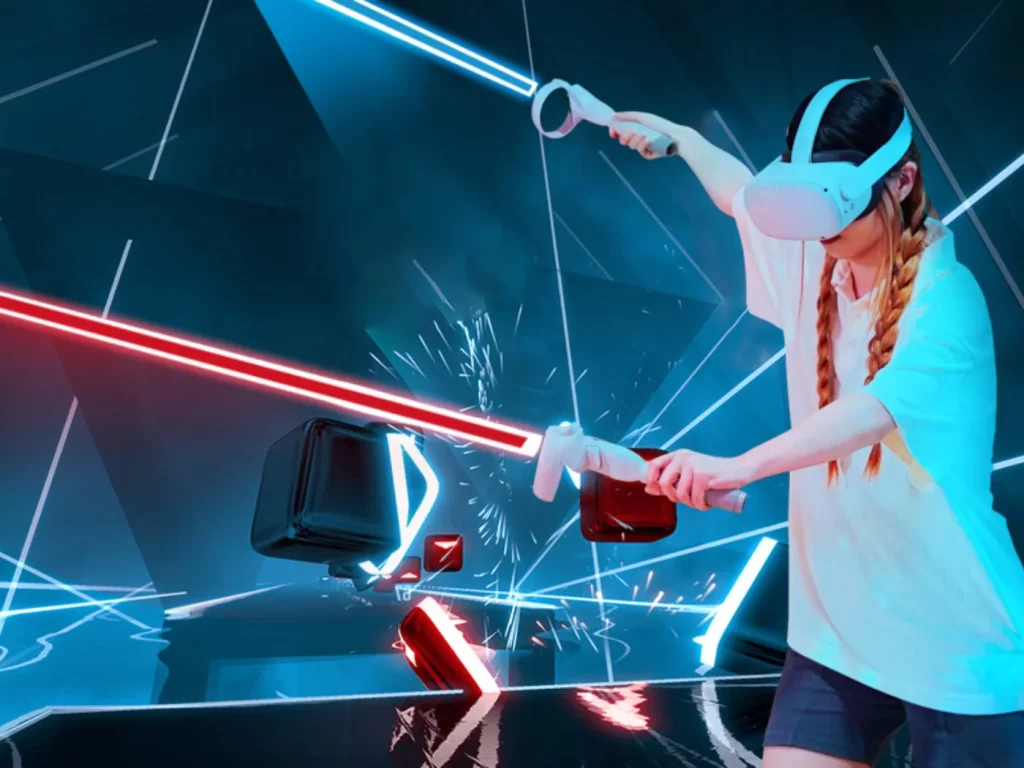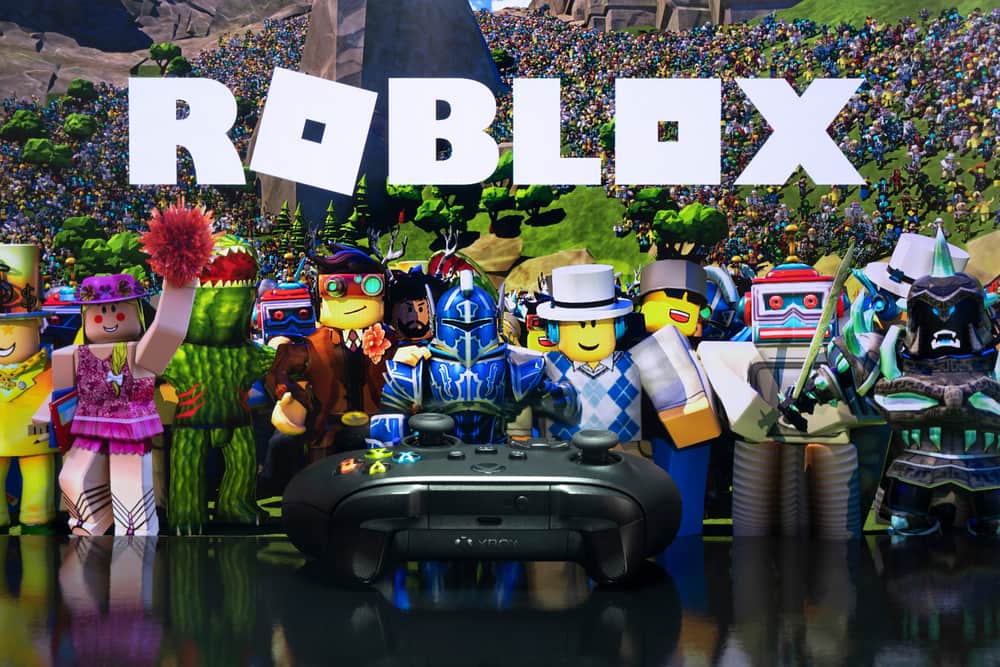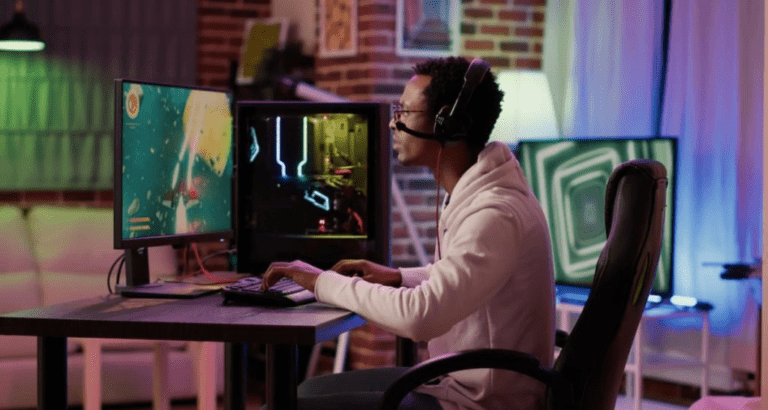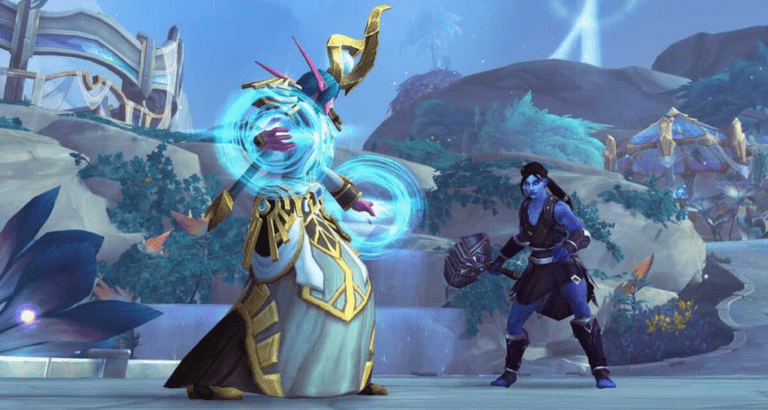The Metaverse is rapidly evolving into a multifaceted digital ecosystem where users can interact, create, and engage in immersive experiences. As this virtual landscape expands, the role of the Metaverse Designer becomes increasingly critical. These professionals are tasked with crafting engaging user journeys that not only captivate users but also foster community and interaction within virtual worlds. This article delves into the intricacies of Metaverse design, exploring user experience (UX) principles, the importance of storytelling, and the integration of emerging technologies.
Understanding the Metaverse
The Metaverse is often described as a collective virtual space that merges physical and digital realities. According to a report by McKinsey & Company (2022), the Metaverse could generate up to $5 trillion in value by 2030, highlighting its potential as a significant economic driver. This expansive digital realm encompasses various platforms, including virtual reality (VR), augmented reality (AR), and mixed reality (MR), allowing users to engage in diverse activities ranging from gaming to socializing and commerce.
The Role of a Metaverse Designer
Metaverse Designers are responsible for creating immersive environments that enhance user engagement. Their work involves a blend of UX design, game design, and narrative development. A successful Metaverse Designer must understand user behavior, design principles, and the technical aspects of virtual environments. According to a study by the International Journal of Human-Computer Interaction (2021), effective UX design in virtual environments can increase user retention by up to 30%.
User Experience (UX) Principles
At the core of Metaverse design lies the principle of user experience. Designers must ensure that users can navigate virtual spaces intuitively. This involves creating clear pathways, minimizing cognitive load, and providing feedback mechanisms. For instance, in the popular VR game “Beat Saber,” users are guided through levels with visual cues and responsive feedback, enhancing their overall experience.

Fluid navigation in VR, like in Beat Saber, defines the Metaverse.
Moreover, accessibility is a crucial aspect of UX design in the Metaverse. Accoring to the World Health Organization (2021), approximately 15% of the global population lives with some form of disability. Designers must consider these users by implementing features such as customizable controls, audio descriptions, and visual aids. A study published in the Journal of Usability Studies (2020) found that inclusive design practices can improve user satisfaction by 25%.
Storytelling in Virtual Worlds
Storytelling is a powerful tool in Metaverse design. Engaging narratives can create emotional connections between users and virtual environments. For example, the game “Half-Life: Alyx” employs a rich narrative that immerses players in its world, making them feel like active participants in the story. Research by the University of Southern California (2021) indicates that narrative-driven experiences can enhance user engagement by 40% compared to non-narrative experiences.
Designers can leverage various storytelling techniques, such as environmental storytelling, character development, and interactive narratives. Environmental storytelling involves using the virtual space itself to convey a story, while interactive narratives allow users to influence the outcome of the story through their choices. This level of interactivity not only enhances engagement but also fosters a sense of agency among users.
Integrating Emerging Technologies
The integration of emerging technologies is essential for creating compelling user journeys in the Metaverse. Technologies such as artificial intelligence (AI), blockchain, and spatial computing can significantly enhance user experiences. For instance, AI can be used to create dynamic NPCs (non-player characters) that adapt to user behavior, providing a more personalized experience. A report by PwC (2022) suggests that AI-driven experiences can increase user engagement by up to 50%.
Blockchain technology also plays a vital role in the Metaverse, particularly in the realm of digital ownership and asset management. By utilizing blockchain, designers can create unique digital assets that users can buy, sell, or trade, fostering a sense of ownership and investment in the virtual world. According to a report by DappRadar (2023), the NFT market generated over $25 billion in sales in 2022, underscoring the demand for digital ownership in virtual environments.
Data-Driven Design
Data-driven design is another critical aspect of Metaverse design. By analyzing user behavior and preferences, designers can make informed decisions that enhance user experiences. Tools such as heatmaps, user journey analytics, and A/B testing can provide valuable insights into how users interact with virtual environments. A study by Nielsen Norman Group (2021) found that data-driven design approaches can improve user satisfaction by 20% and increase conversion rates by 15%.
Real-World Examples of Successful Metaverse Design
Several companies have successfully implemented Metaverse design principles to create engaging user journeys. One notable example is Roblox, a platform that allows users to create and share their games. Roblox employs a user-centric design approach, enabling creators to build immersive experiences that resonate with their audience. According to Roblox Corporation (2023), the platform has over 200 million monthly active users, demonstrating the effectiveness of its design strategy.

In Roblox, players develop and share engaging game experiences.
Another example is Fortnite, which has transformed from a battle royale game into a social platform. The game’s designers have integrated live events, concerts, and collaborations with popular franchises, creating a dynamic and engaging environment for users. Epic Games reported that over 12 million players attended the Travis Scott concert in Fortnite, showcasing the potential of immersive experiences in the Metaverse.
Challenges in Metaverse Design
Despite the exciting opportunities in Metaverse design, several challenges must be addressed. One significant challenge is ensuring user safety and privacy. As users engage in virtual environments, they often share personal information, making them vulnerable to data breaches and harassment. Designers must implement robust security measures and create guidelines for user behavior to foster a safe environment.
Additionally, the rapid pace of technological advancement poses a challenge for designers. Keeping up with emerging technologies and trends requires continuous learning and adaptation. According to a survey by the Game Developers Conference (2022), 70% of game developers reported that staying updated with technology is one of their biggest challenges.
Key Takeaways
- The Metaverse is a rapidly evolving digital ecosystem with significant economic potential.
- Metaverse Designers play a crucial role in crafting engaging user journeys through effective UX design and storytelling.
- Integrating emerging technologies such as AI and blockchain enhances user experiences and fosters engagement.
- Data-driven design approaches can significantly improve user satisfaction and retention.
- Real-world examples like Roblox and Fortnite demonstrate the effectiveness of successful Metaverse design.
- Challenges such as user safety and technological advancement must be addressed to create sustainable virtual environments.
In conclusion, the role of a Metaverse Designer is pivotal in shaping the future of virtual worlds. By focusing on user experience, storytelling, and the integration of emerging technologies, designers can create engaging and immersive environments that captivate users. As the Metaverse continues to evolve, the demand for skilled designers will only increase, making it an exciting field for professionals in game development and beyond.

